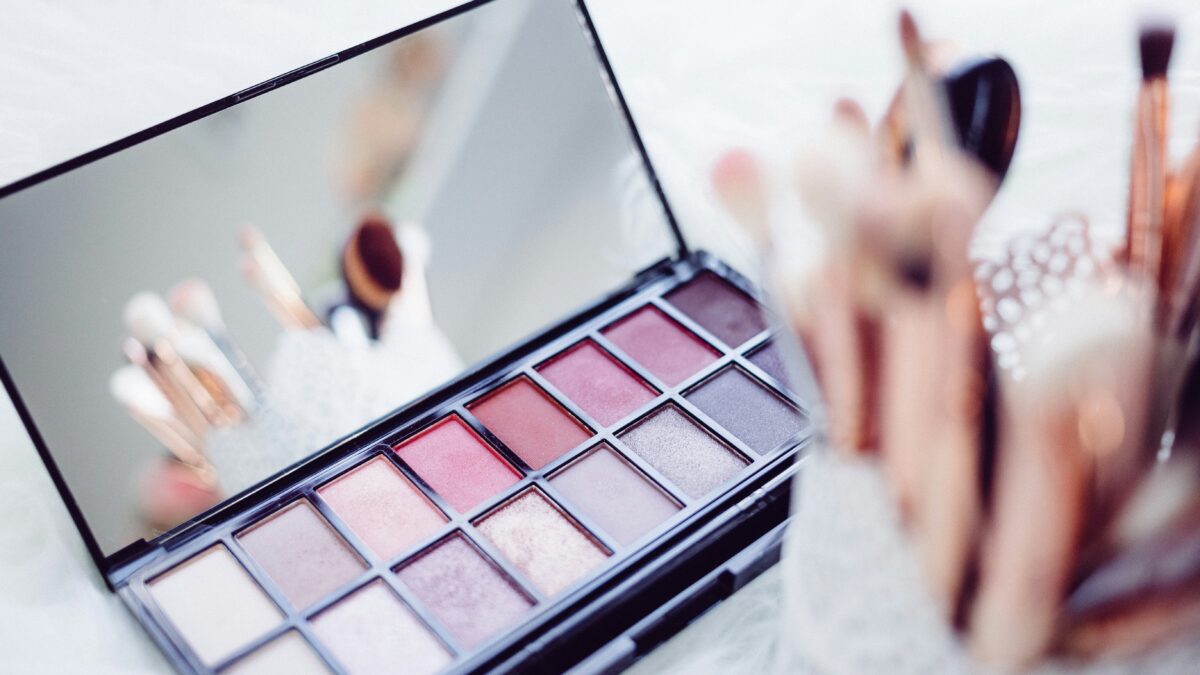Choosing the right skincare products can be daunting, especially with the vast array of options available. The key to an effective skincare routine is selecting products that are tailored to your skin type. Here’s a comprehensive guide to help you find the perfect products for your unique skin needs.
Identify Your Skin Type
Before you start shopping for skincare products, it’s essential to understand your skin type. Here are the most common categories:
Oily Skin: Prone to shine and breakouts, with larger pores.
Dry Skin: Feels tight, rough, and may have flaky areas.
Combination Skin: Oily in some areas (like the T-zone) and dry in others.
Sensitive Skin: Easily irritated, often with redness or discomfort.
Normal Skin: Balanced, neither too oily nor too dry, with few imperfections.
Choosing a Cleanser
Your cleanser should effectively remove dirt, oil, and makeup without disrupting your skin’s natural balance.
Oily Skin: Look for gel-based or foaming cleansers with ingredients like salicylic acid or tea tree oil to control oil and prevent breakouts.
Dry Skin: Opt for a creamy, hydrating cleanser with ingredients like hyaluronic acid or glycerin to retain moisture.
Combination Skin: A mild foaming cleanser that balances oil without over-drying works well.
Sensitive Skin: Choose a fragrance-free, gentle cleanser with soothing ingredients like aloe vera or chamomile.
Normal Skin: A mild, balanced cleanser that cleanses without stripping your skin of moisture is ideal.
Picking the Perfect Moisturizer
Moisturizing is crucial for all skin types, but the formulation should match your skin’s needs.
Oily Skin: Use a lightweight, oil-free, and non-comedogenic moisturizer, often gel-based, to hydrate without clogging pores.
Dry Skin: Choose a rich, creamy moisturizer with nourishing ingredients like ceramides or shea butter to lock in moisture.
Combination Skin: A balancing moisturizer, such as a lightweight cream, that hydrates without making oily areas greasy is ideal.
Sensitive Skin: Look for a moisturizer with minimal ingredients, free from fragrances and dyes, with calming ingredients like oatmeal or niacinamide.
Normal Skin: A medium-weight moisturizer that maintains your skin’s natural moisture balance is perfect.
Selecting the Right Sunscreen
Sunscreen is a must for every skin type to protect against UV damage and premature aging.
Oily Skin: A lightweight, mattifying sunscreen that controls oil and shine is best. Look for formulations that are non-comedogenic.
Dry Skin: Opt for a hydrating sunscreen with added moisturizers to keep your skin smooth and supple.
Combination Skin: Choose a sunscreen that provides adequate moisture without making your skin greasy. Gel-based or fluid sunscreens are often a good choice.
Sensitive Skin: Mineral sunscreens with zinc oxide or titanium dioxide are gentle on sensitive skin and less likely to cause irritation.
Normal Skin: Any broad-spectrum sunscreen with SPF 30 or higher will work well, but a formula that maintains moisture balance is ideal.
Incorporating Treatments and Serums
Serums and treatments are targeted products designed to address specific skin concerns.
Oily Skin: Serums with salicylic acid or niacinamide can help regulate oil production and reduce the appearance of pores.
Dry Skin: Hydrating serums with hyaluronic acid or squalane provide an extra layer of moisture.
Combination Skin: Use a balancing serum with ingredients like niacinamide or green tea extract that can manage oil in some areas and hydrate others.
Sensitive Skin: Opt for calming serums with ingredients like centella asiatica or chamomile to soothe irritation.
Normal Skin: A versatile serum with antioxidants like Vitamin C can help maintain a healthy, radiant complexion.
Understanding Labels and Ingredients
Learn to read product labels and understand the ingredients to make informed choices. Look for key ingredients that benefit your skin type and avoid common irritants like alcohols, sulfates, and synthetic fragrances, especially if you have sensitive or reactive skin.
Patch Test New Products
Before fully incorporating a new product into your routine, perform a patch test. Apply a small amount to a discreet area of your skin, like behind your ear or on your wrist, and wait 24-48 hours to check for any adverse reactions.
Consult a Dermatologist
If you’re unsure about your skin type or which products are best for you, consider consulting a dermatologist. They can provide personalized advice and recommend products that are specifically suited to your skin’s needs.
























